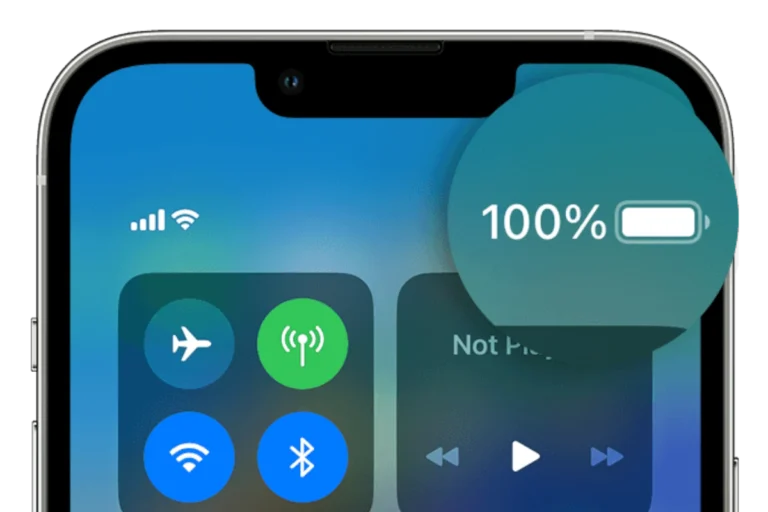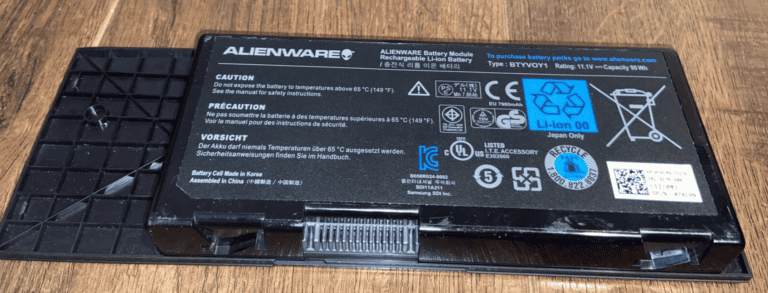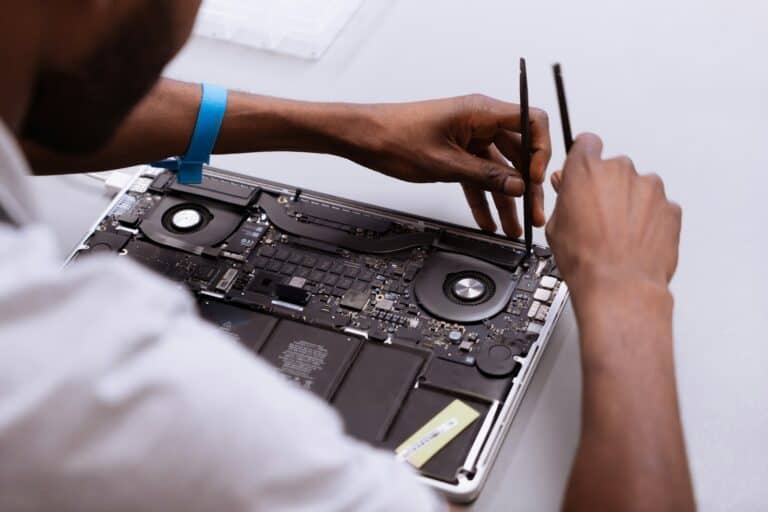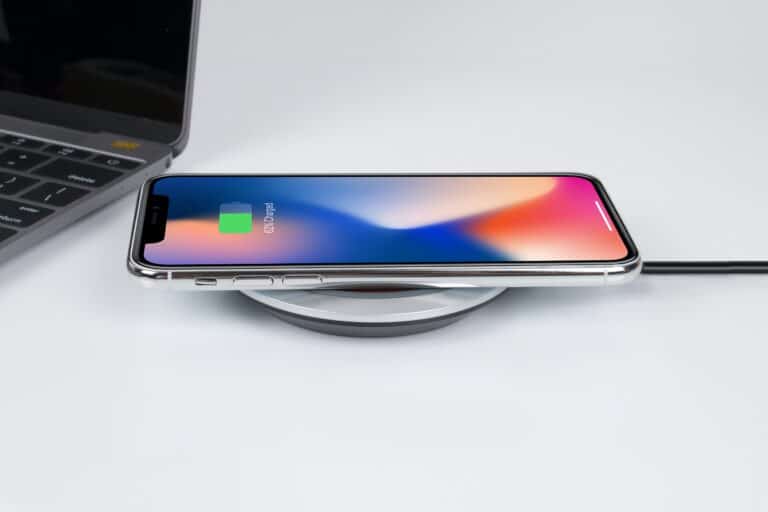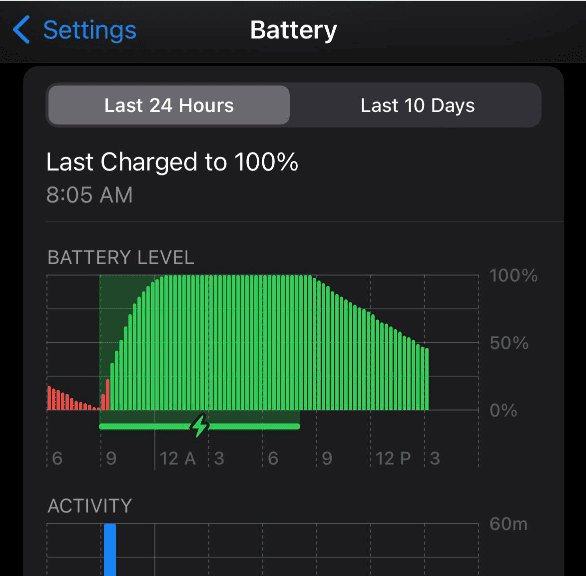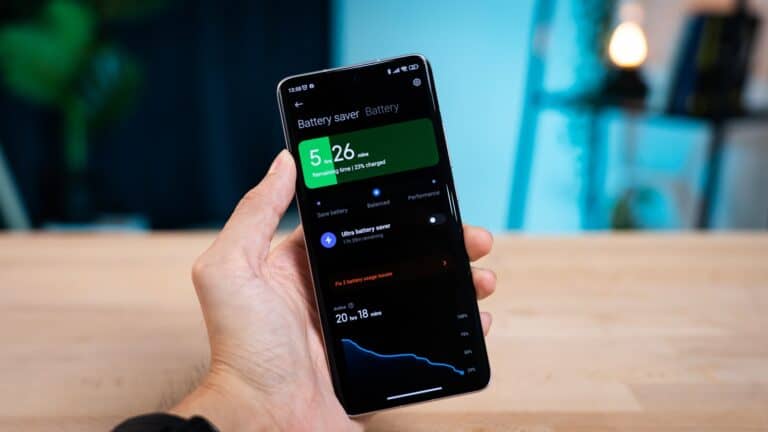Smartphone batteries often drain quickly because of apps running in the background. These apps use power even when you’re not using your phone, which makes the battery die faster. To fix this, you can use features on your phone, like Adaptive Battery on Android, to control how apps use power. You can also stop apps from running in the background yourself.
On Android phones, you can do this in Settings. Go to the Battery section, then pick App battery usage, choose the app you want to stop, and turn off its background activity. Keeping track of which apps use the most power and controlling how they use power can make your battery last longer.
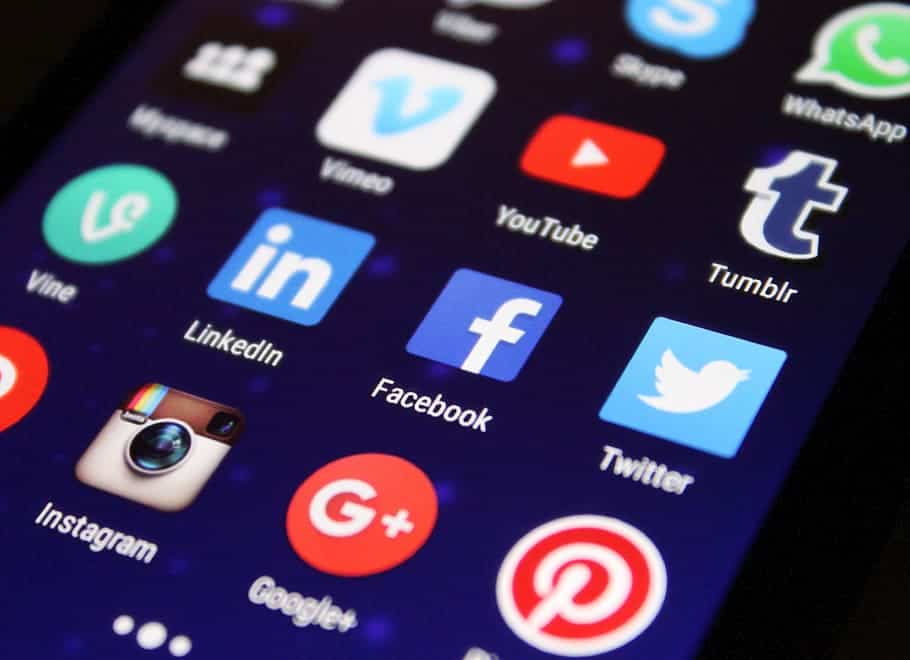
How Background Apps Cause Battery Drain
If your phone battery seems to drop faster than expected—even when you’re not actively using it—background apps are often the reason. Many apps continue working behind the scenes, quietly consuming power throughout the day.
This guide explains how background apps drain battery, which ones are the biggest culprits, and what you can do to stop unnecessary power loss.
What Are Background Apps?
Background apps are applications that remain active even when you’re not using them. They may:
- Refresh content
- Track your location
- Sync data to the cloud
- Send notifications
- Run system tasks
While some background activity is helpful, too much of it can significantly drain your battery.
How Background Apps Drain Battery
1. Constant Background Refresh
Apps like social media, news, and email frequently refresh to fetch new content.
Why it drains battery:
- Uses CPU power
- Activates Wi‑Fi or mobile data
- Happens repeatedly throughout the day
Examples:
- Facebook, Instagram, X
- News apps
- Email clients
2. Location Tracking
Some apps track your location even when closed.
Why it drains battery:
- GPS is one of the most power‑hungry features
- Continuous tracking keeps hardware active
Common offenders:
- Maps and navigation apps
- Ride‑sharing apps
- Fitness trackers
- Weather apps
3. Push Notifications
Every notification wakes up your phone—even briefly.
Why it drains battery:
- Activates the screen
- Triggers background processes
- Happens dozens or hundreds of times per day
Apps that send frequent alerts can quietly consume a lot of power.
4. Background Audio and Media
Some apps continue playing audio or keeping audio services active.
Examples:
- Music and podcast apps
- Streaming services
- Voice assistants
Even paused media apps may keep background services running.
5. Cloud Syncing and Backups
Apps that sync data constantly can drain battery fast.
Examples:
- Photo backups
- File storage apps
- Messaging apps syncing media
Large uploads are especially demanding on battery life.
6. Poorly Optimized or Buggy Apps
Not all apps are well optimized.
What happens:
- Apps crash and restart in the background
- CPU usage spikes unexpectedly
- Battery drain increases rapidly
Older apps or apps not updated for the latest OS version are common causes.
How to Identify Battery‑Draining Apps
On iPhone:
- Go to Settings → Battery
- Scroll to see battery usage by app
- Check “Background Activity” indicators
On Android:
- Go to Settings → Battery
- Tap Battery Usage
- Review which apps use power in the background
Apps using high battery without much screen time are red flags.
How to Reduce Battery Drain from Background Apps
1. Limit Background App Refresh
- iPhone:
Settings → General → Background App Refresh → Disable for non‑essential apps - Android:
Settings → Apps → Select app → Battery → Restrict background usage
2. Control Location Access
Set location permissions to:
- “While Using the App”
- Or “Never” for non‑essential apps
Avoid “Always” unless truly necessary.
3. Reduce Notifications
- Disable notifications for low‑priority apps
- Turn off lock screen notifications where possible
Fewer notifications = fewer wake‑ups = better battery life.
4. Close or Force Stop Problem Apps
If an app consistently drains battery:
- Close it manually
- Force stop (Android)
- Restart your device
5. Keep Apps and OS Updated
Updates often include:
- Battery optimizations
- Bug fixes
- Improved background behavior
6. Use Low Power or Battery Saver Mode
These modes:
- Limit background activity
- Reduce sync frequency
- Extend battery life automatically
Are All Background Apps Bad?
No. Some background activity is essential, such as:
- Messaging notifications
- Email sync
- Fitness tracking
- Navigation
The goal isn’t to stop all background apps—but to control unnecessary ones.
Signs Background Apps Are Killing Your Battery
- Battery drops rapidly while idle
- Phone feels warm without heavy use
- Battery usage shows high “background activity”
- Short standby time overnight
Background App Impact on Battery Life
Constant Data Refreshing
Many apps constantly refresh their data in the background to provide you with the latest information. For instance, social media apps check for new posts, news apps download articles, and weather apps update forecasts. While convenient, this constant data fetching can put a strain on your battery.
Location Tracking
Some apps, especially navigation and fitness apps, rely on location tracking to function properly. However, continuous GPS usage can significantly drain your battery. Even when you’re not actively using the app, it might be tracking your location in the background.
Push Notifications
Push notifications are handy for staying updated, but they also require apps to run in the background. Each time you receive a notification, the app wakes up, uses battery power to process the data, and then displays the alert on your screen.
Resource-Intensive Tasks
Certain apps, like music streaming services or games, demand more processing power and memory even when running in the background. This increased resource usage can lead to faster battery drain.
How to Minimize Battery Drain
- Limit Background App Activity: Review your app settings and disable background app refresh for apps you don’t need constantly updated.
- Disable Location Services: If you don’t require real-time location updates, turn off location services for apps that don’t need it.
- Restrict Push Notifications: Limit push notifications to essential apps to reduce background activity.
- Close Unused Apps: If you’re not actively using an app, close it completely to prevent it from running in the background.
Table: Examples of Background App Battery Drain
| App Type | Potential Battery Drain | Tips to Reduce Drain |
|---|---|---|
| Social Media | High (constant data refreshing) | Disable background app refresh, limit notifications |
| Navigation | High (continuous GPS usage) | Disable location services when not needed |
| News | Moderate (data refreshing) | Disable background app refresh, fetch news manually |
| Music Streaming | High (resource-intensive) | Download music for offline listening |
| Games | High (resource-intensive) | Close the app when not playing |
Key Takeaways
- Background apps can consume battery power, affecting overall battery life.
- Built-in device features and manual settings help control background app usage.
- Regular monitoring and management of apps can lead to better battery conservation.
Understanding Background Apps and Battery Drain
Background apps can use your device’s battery even when you’re not using them. This can lead to your battery draining more quickly than necessary. Learning how to manage these apps can help you keep your battery running longer.
The Role of Background Processes
Background processes are tasks that run without direct user interaction. These include checking for new emails, updating weather information, and syncing data across devices. While multitasking allows for swift switching between apps, it can also lead to increased battery usage. Your phone’s settings often provide options to restrict background data for specific apps.
Android vs. iPhone Battery Management
Android and iPhone handle background processes differently. Android offers detailed settings to view and control app battery usage. These can be found under the Battery section in your device’s Settings. For iPhone users, iOS provides a Battery section in Settings where you can monitor battery usage by app over the last 24 hours to 10 days. Both systems offer optimization features, with Android using adaptive battery techniques and iOS employing on-demand launching of apps.
Common Battery-Draining Apps and Services
Certain apps and services are known for higher battery consumption. These typically include:
- Social Media Apps: Facebook, WhatsApp, and others constantly update content, leading to significant battery use.
- Google Services: Google Maps and YouTube are examples of services that, while useful, can deplete battery life more rapidly.
- Video Streaming Apps and Games: High screen-on time and data usage from video streaming or gaming apps can drain batteries fast.
Each service and app has settings available to decrease their background activity, which can help save battery life. It’s important to regularly check your battery usage stats to identify which apps are the most demanding and manage them accordingly.
Optimizing Battery Usage for Background Apps
Background apps can significantly drain a device’s battery if not managed properly. This section will provide effective strategies to ensure an Android phone maintains optimal performance while conserving battery life.
Battery Optimization Settings
Android phones include built-in features to extend battery life. A key setting is Adaptive Battery which learns how you use your apps and adapts to use battery power more efficiently. To enable this feature, users should go to Settings > Battery > Adaptive Battery and turn it on. Additionally, the Battery Saver mode can be activated to limit vibration, location services, and background data.
Managing App Permissions and Updates
Apps often update in the background, consuming battery life. Users can restrict this by disabling automatic updates in the Google Play Store by going to Play Store > Settings > Auto-update apps and selecting ‘Don’t auto-update apps’. Permissions like location services can also be limited by going to Settings > Apps & notifications > App permissions and toggling off unnecessary accesses that an app might not need to function when not in use.
Advanced Techniques for Power Users
For those who require more control over their device’s performance and battery usage, Developer Options offer tools like limiting background processes. This feature can be enabled by going to Settings > About phone and tapping on the build number seven times. Inside Developer Options, users can find settings to restrict apps that are not frequently used. In extreme cases, where an app is consistently draining battery, it may be reasonable to consider uninstalling or using the force stop option for that app.
Frequently Asked Questions
This section provides answers on managing battery drain from background apps, with practical advice for both iPhone and Android users.
How do I identify which background apps are draining my battery?
On both iPhone and Android devices, users can locate the battery section in the device settings. This area typically lists the apps that consume the most battery power, often with a breakdown of foreground and background activity.
What steps can I take to minimize battery drain by background apps on iPhone?
iPhone users should consider toggling off the ‘Background App Refresh’ feature for apps that don’t need constant updating. They can do this by heading to Settings, selecting General, and then choosing the Background App Refresh option.
Can restricting background data usage help in reducing battery drain on Android devices?
Restricting background data on an Android stops apps from using cellular data in the background. This can reduce battery drain and is done by going to Settings, selecting Apps, and then choosing Data Usage where users can find the ‘Restrict app background data’ option.
Is it more beneficial for battery life to force stop apps or let them run in the background?
Force stopping apps can save battery life as it prevents the app from running until reopened. However, frequently used apps should not be force-stopped regularly, as they may consume more battery upon restarting.
What are the implications of disabling background app refresh on iOS devices for battery life?
Disabling background app refresh on iOS devices can sometimes extend battery life. It prevents apps from updating content in the background, which reduces energy consumption but may delay notifications or updates.
How does managing location services for apps affect battery consumption on smartphones?
Location services can significantly drain battery life when enabled for numerous apps. Users can manage this by adjusting permissions in the phone settings, either turning off the location services altogether or granting access only when the app is in use.


